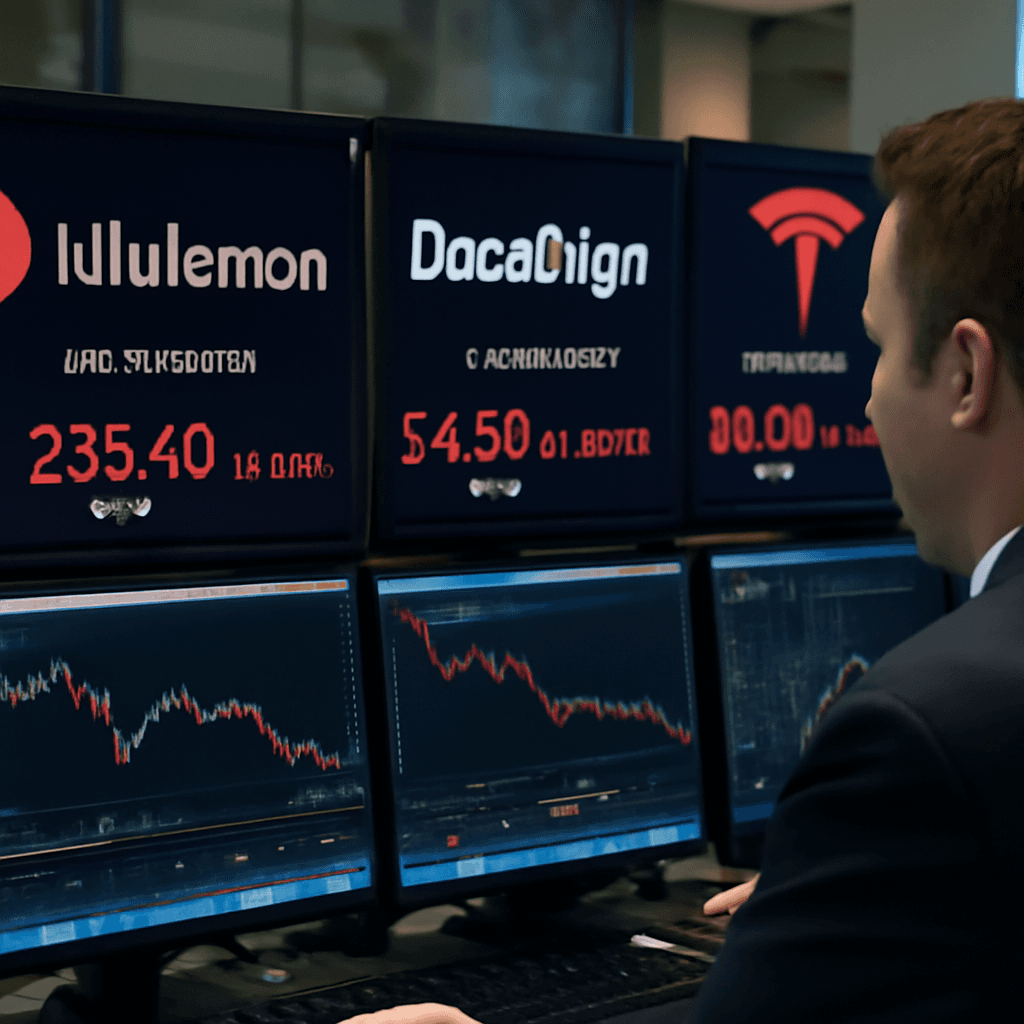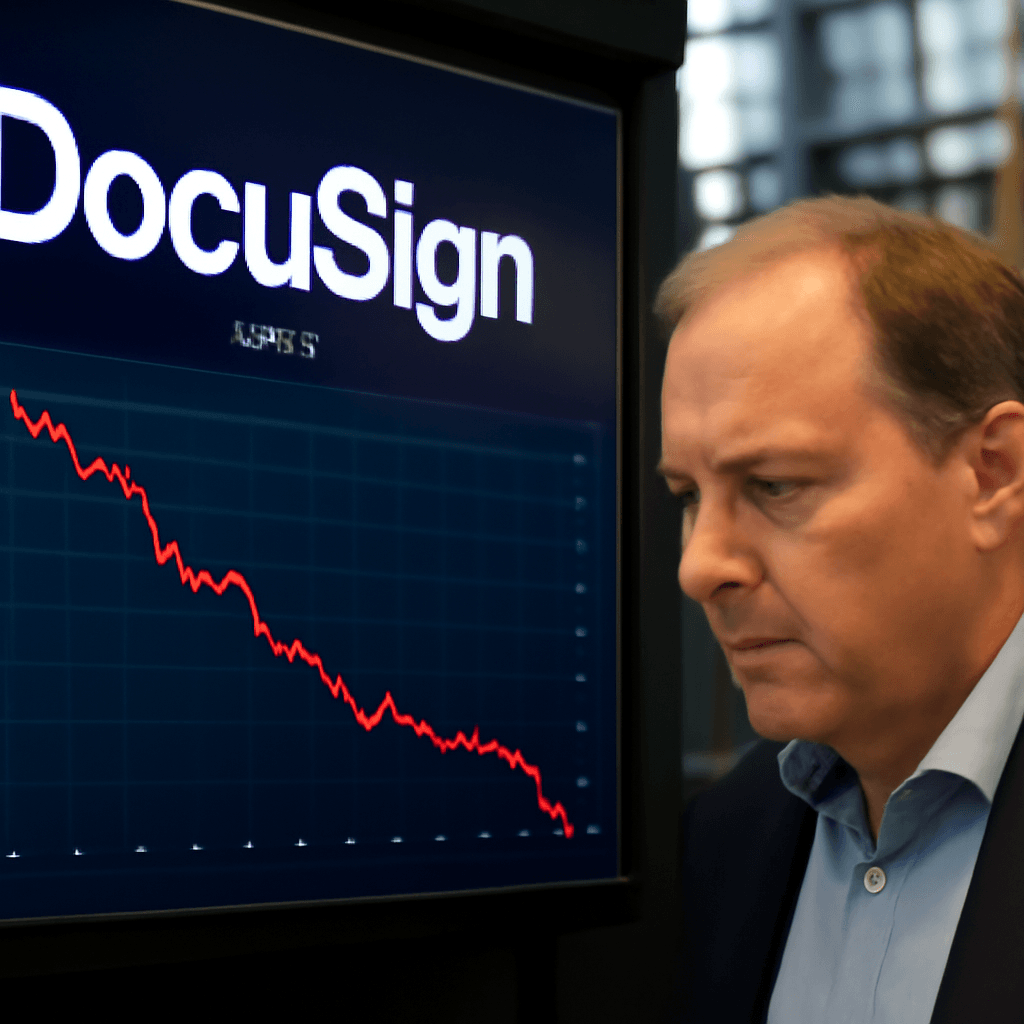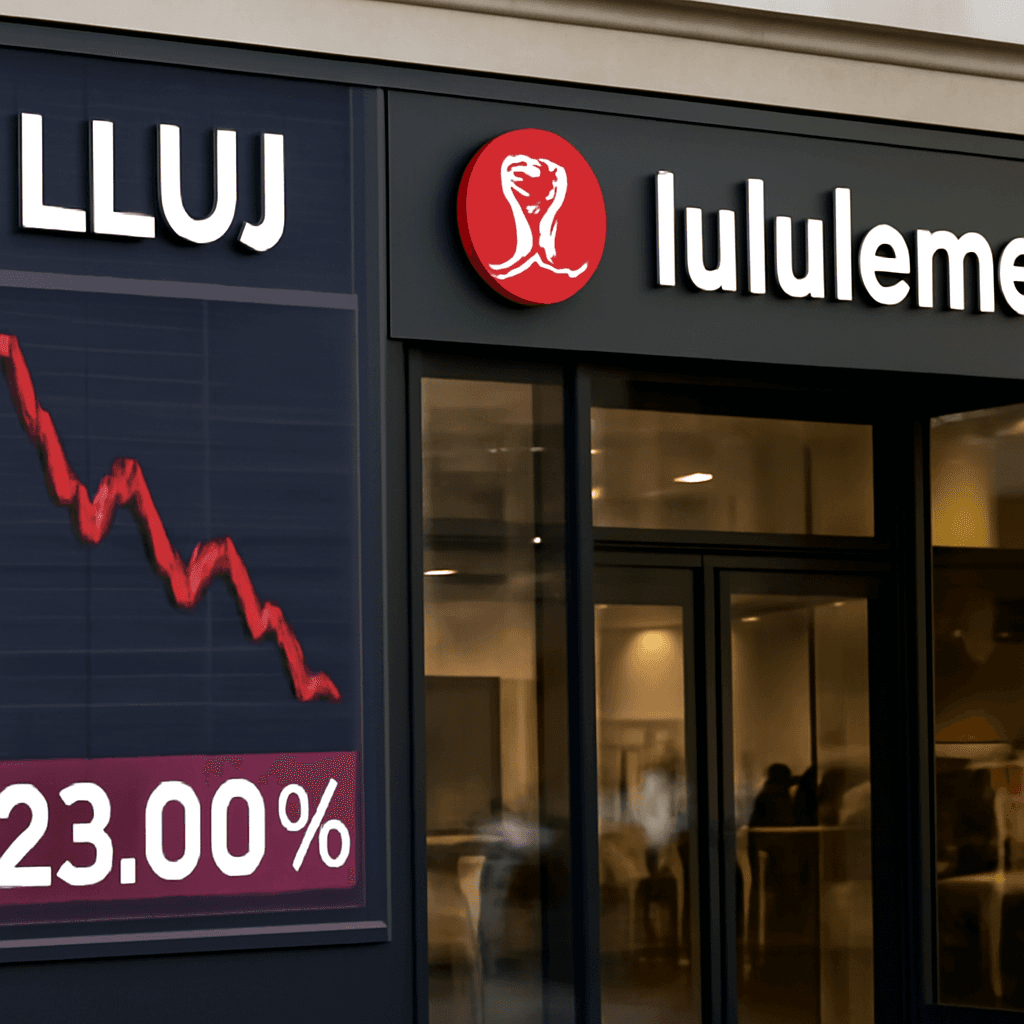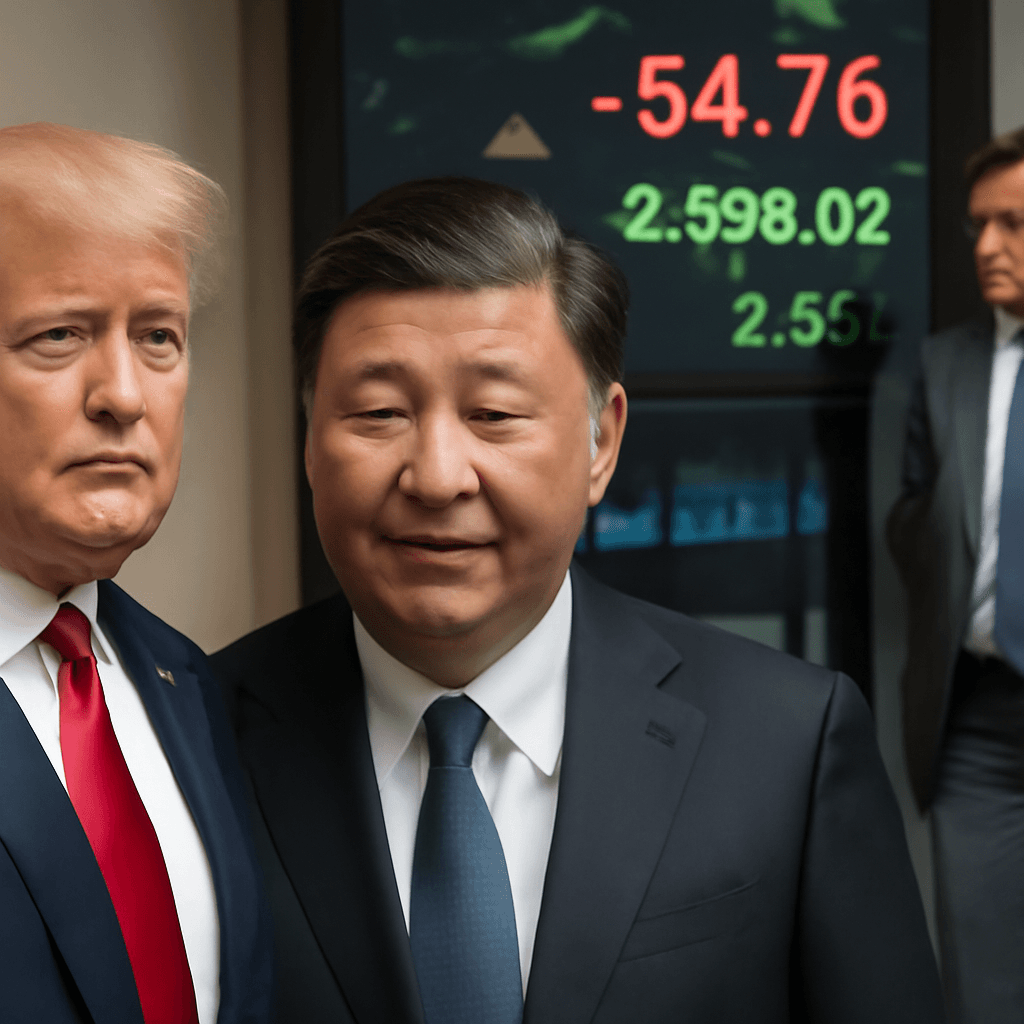Strong Earnings Growth Falls Flat Among Investors
This earnings season, many companies have surpassed analysts' expectations, with the S&P 500 reporting an impressive 9% earnings growth in Q2 year-over-year. This figure, revealed in Goldman Sachs' latest analysis, more than doubles the 4% growth anticipated just a month prior. Yet, paradoxically, investor enthusiasm remains muted.
Why Stocks Aren't Rallying as They Used To
Historically, companies that beat earnings forecasts tend to outperform the broader market by about 1.01 percentage points. However, this quarter tells a different story. According to Goldman Sachs, the median stock surpassing earnings expectations has only edged the S&P 500 by 0.55 percentage points, reflecting a surprisingly lukewarm market response.
Conversely, firms missing those estimates have faced harsher penalties, underperforming roughly twice as much as past norms. Amazon illustrates this trend poignantly: despite beating second-quarter earnings estimates, its shares plunged over 9% within 48 hours after cautious guidance dimmed hopes for upcoming profits. Similarly, On Semiconductor's shares dropped over 15% post-solid earnings results, underscoring investors' growing skepticism.
Unpacking the Underwhelming Market Reaction
David Kostin, Goldman Sachs’ chief U.S. equity strategist, points out that "the reward for earnings beats has been paltry." Several factors contribute to this phenomenon:
- Concentration of Growth in Few Stocks: The "Magnificent Seven" mega-cap stocks accounted for an outsized 26% earnings growth, while the rest of the S&P 500 lingered at a modest 4%. This uneven distribution dilutes broader market enthusiasm.
- Low Analyst Expectations: Early in the quarter, analysts set conservative forecasts due to uncertainties surrounding tariffs and trade tensions. Consequently, companies surpassing these modest benchmarks stirred less excitement.
- Growing Wariness Over Trade Policies: Despite signs of management confidence in navigating tariffs, many on Wall Street remain cautious. Extended trade disputes continue to cloud economic predictions and investor sentiment.
Insights from Market Strategists: A Cautious Outlook
Lori Calvasina, head of U.S. equity strategy at RBC Capital Markets, echoes this cautious stance. Reflecting on recent earnings calls and Federal Reserve commentary, she emphasizes a lingering uncertainty:
“Chairman Powell’s admission of a ‘long way to go’ in understanding tariff impacts on inflation resonates deeply. Earnings call narratives suggest that the market is still grappling with how shifting trade policies will affect demand and forecasts through 2026.”
Her viewpoint highlights a critical but underreported story: while headline earnings beat estimates, the underlying economic landscape remains fraught with unknowns, particularly concerning global trade dynamics and inflationary pressures.
What This Means for Investors and The Economy
For investors, the muted response to strong earnings beats signals a pivot in market dynamics. It underscores the increasing importance of forward guidance, sustainable growth prospects, and clarity on geopolitical risk over simple quarterly earnings surprises.
Economically, the scenario suggests that corporate America is adjusting to a new normal — managing growth amid persistent uncertainty. The prevailing advice for stakeholders is vigilance, as traders and policymakers alike navigate a delicate balance between optimism and caution.
Editor’s Note
The current earnings season challenges conventional wisdom about market reactions to corporate performance. Investors' reluctance to reward strong earnings beats invites a deeper analysis of what truly drives market confidence in today’s complex trade and inflation environment. As geopolitical tensions and economic policies evolve, monitoring how these factors influence forward-looking guidance will be essential for understanding future market trajectories.
Are we witnessing a transformation in how markets value corporate performance? And how might sustained tariff uncertainties reshape investor expectations and economic growth in the coming years? These critical questions remain at the heart of ongoing financial debates.



















